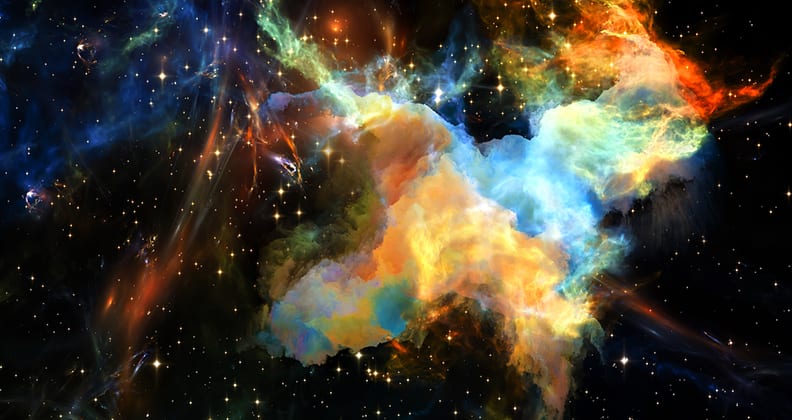Scientists have long held the belief that planets were built from rocky asteroids, but new research from Curtin University challenges that view.
Published in Science Advances, the journal of the American Association for the Advancement of Science, the research suggests that many of the original planetary building blocks in our solar system may actually have started out not as rocky asteroids, but as gigantic balls of warm mud.
Curtin University planetary scientist Professor Phil Bland undertook the research to try and get a better insight into how smaller planets, the precursors to the larger terrestrial planets we know today, may have come about.
“Working with Dr Bryan Travis from the Planetary Science Institute in Arizona, we set about matching the geological records in meteorites to those in asteroids and then used advanced numerical modelling to come up with a model that sat best across both,” Professor Bland said.
“From this we arrived at the conclusion that many of the first asteroids, those that delivered water and organic material to the planets, may have started out as giant convecting mud balls and not as rock.”
Professor Bland hopes the findings will provide a new scientific approach for further research into the evolution of water and organic material in our solar system.
“We understand how large planets work quite well. These small objects – planetesimals – delivered all the water and organics to the terrestrial planets. They provided the ingredients for life. Over time there have been many attempts to come up with a satisfactory model of their early geological history, but to date, no one has been able to agree on a solution,” Professor Bland said.
“We’re hopeful this latest research will change that and provide a stronger foundation and focus for further study.”
Professor Bland said the research may also generate new approaches to how and where we continue our search for other habitable planets.
The paper ‘Giant convecting mud balls of the early solar system’ is available online at http://advances.sciencemag.org/content/3/7/e1602514



